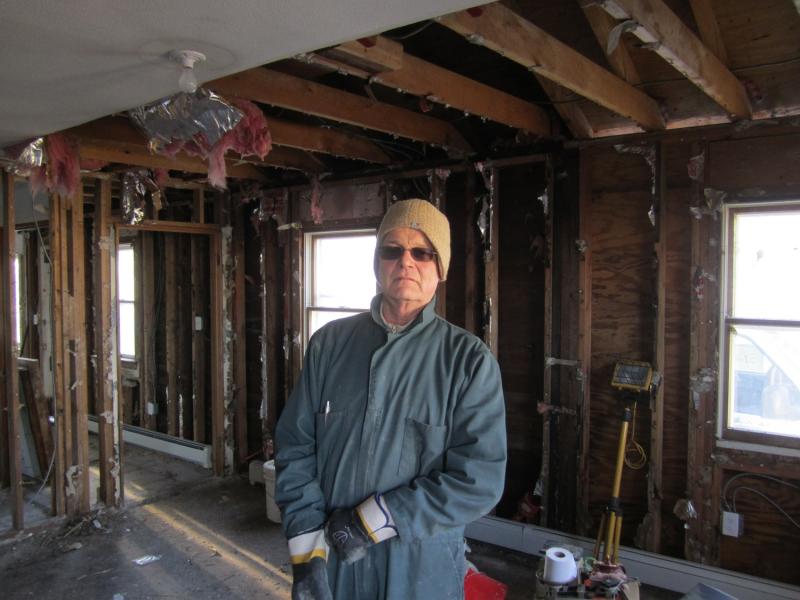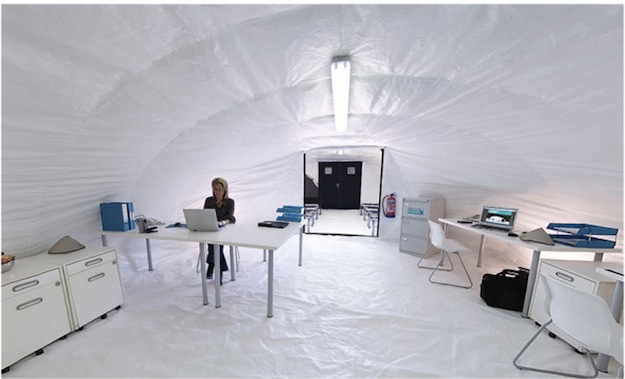
Russell Gordon, a homeowner in Oakwood Beach, Staten Island, who is eager to take advantage of Governor Cuomo's Sandy buy-out plan (Matthew Schuerman/WNYC)
submitted by Boris Suchkov
Could Lead to Rebuilding on Flood Plain Even After Homeowner Sells Out
wnyc.org - by Matthew Schuerman - March 4, 2013
Weeks after New York Governor Andrew Cuomo proposed buying out homeowners in flood-prone areas, the Bloomberg administration is indicating that it will offer a similar program. But the mayor’s program could differ in one significant way: the properties the city acquires could be turned over to someone else to be developed again.
In testimony at a City Council committee hearing Feb. 26, Brad Gair, the director of the city’s housing recovery office, said the Bloomberg administration is working on its own buyout program using federal Community Development Block Grant funding, $1.8 billion of which has been earmarked for the city so far. . . But he added the city’s plan may not stipulate that the acquired properties be turned into open space.

 Image: Resource Guide cover
Image: Resource Guide cover


 Sharon Griffiths of the the New York State Energy and Research Development Authority said, "We are excited to work with Staten Island to help you become green." Advance File Photo
Sharon Griffiths of the the New York State Energy and Research Development Authority said, "We are excited to work with Staten Island to help you become green." Advance File Photo


Recent Comments